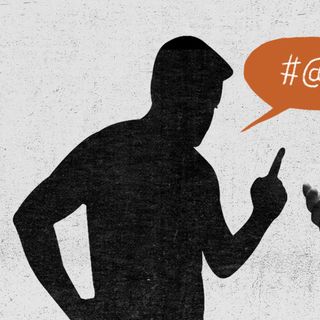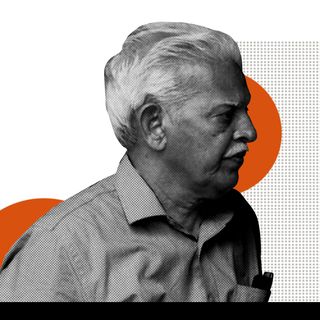The Ministry of Information and Broadcasting has drafted a set of rules to make watching television content more accessible to people living with hearing impairments.
Titled Accessibility Standards for Television Programmes for Hearing Impaired, the draft rules would be notified under the Rights of Persons with Disabilities Act, 2016, once they’re implemented.
According to the rules, the service providers will have the right to choose between using either open or closed captions, subtitles, or sign language to accompany the content they’re broadcasting. However, they would be “required to deliver [at least, one accessibility option] across specified television programs in order to ensure access.”
Contents exempt from the rule would be live broadcasts, unscripted shows, and advertisements. Moreover, TV channels with “less than 1% average audience share for all households over a year will also be exempt from these standards,” The Indian Express reported.
It may also be pertinent to note that subtitles don’t just help people with hearing impairments, but can also be helpful to autistic individuals, and people living with ADHD and auditory processing disorders. “People don’t enunciate their words properly, not even me… [Also] imagine the sound effects being louder than the dialogue (looking at you action movies), or imagine that the music is louder than the dialogue (looking at you, horror movies). Without closed captions, I would miss out on a lot,” Accalia Baronets, an autistic person with ADHD wrote.
Related on The Swaddle:
Digital Textbooks To Be Available in Audio, Visual Formats For Students With Disabilities: Govt
They also added that “if a show doesn’t have captions, then chances are I’m not going to be able to understand what I’m hearing… Also, I don’t have to have the volume of the TV up quite as loudly with closed captions. With closed captions, I can put the TV on a volume that I’m comfortable with.” This also speaks to the usefulness of subtitles for people with sensory processing disorders.
According to a 2016 report, 2.68 crore people in India live with disabilities. Given that people with invisible disabilities — like autism — do tend to get overlooked in medical diagnoses, the actual figure might be larger. Not all disabilities necessitate the same accessibility options, of course. But guidelines that might make TV, which is still a significant source of entertainment in the country, more accessible, seem like a welcome move.
“Without closed captions, you could be losing a whole section of the audience,” an article states.
Not just that, in today’s digitized world, where people are consuming video content on buses, in libraries, and just about anywhere else, subtitles have an added benefit. They allow people to consume content in places where using audio may not be feasible.
At present, the ministry is inviting feedback and comments from stakeholders on the draft, which can be emailed to sobpl-moib@nic.in. As per documents accessed by The Swaddle, the deadline to send feedback appears to be November 24, 2021.




